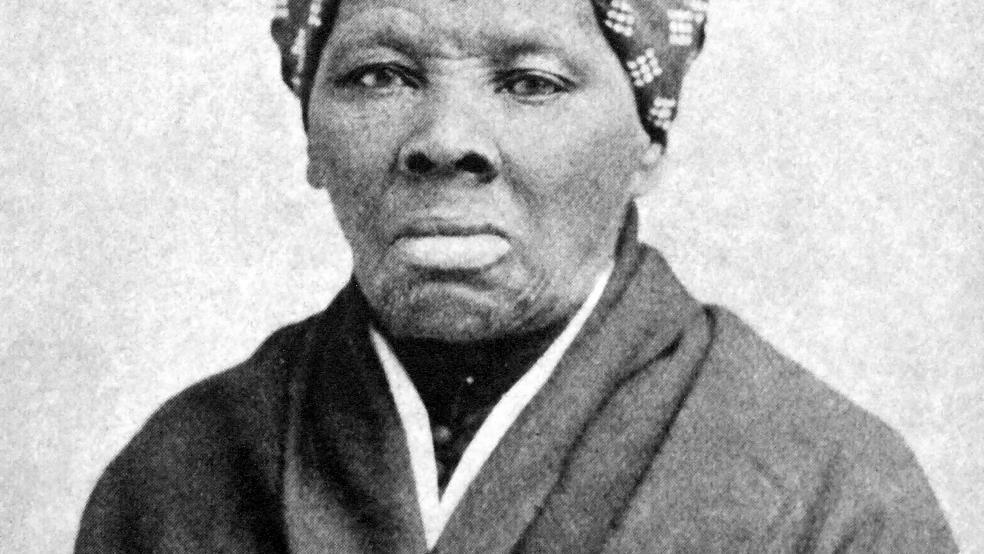Concluding a lengthy and controversial debate, abolitionist Harriet Tubman will become the first female featured on U.S. paper currency in modern times.
Treasury Secretary Jack Lew announced on Wednesday that Tubman will replace President Andrew Jackson on the front of the $20 bill. Jackson, remembered for his appalling treatment of Native Americans, will be bumped to the back of the $20 bill.
Alexander Hamilton will remain on the $10 bill, contrary to the Treasury’s original plan to replace him.
Related: 10 Women Who Could Be on the New $10 Bill
The Treasury Department had faced criticism from women’s groups, which have been advocating for more females to appear on currency, and fans of the founding father. This solution should address most of their concerns — though the Treasury’s plan to redesign the $10 bill first mean Tubman won’t start appearing on bills in 2020.
In addition, women and civil rights leaders will also be added to the back of $5 and $10 bills, giving those notes makeovers as well.
With the 10-month debate seemingly at a close, here’s everything you need to know about the new bill and what led to its creation.
Who is Harriet Tubman?
Born into slavery, Tubman escaped to freedom in the north in 1849 and subsequently became a leading abolitionist before the American Civil War. She helped lead hundreds of slaves — both family members and non-relatives — to freedom, leading at least 19 rescue expeditions. She is arguably the most famous “conductor” of the Underground Railroad, which was a secret network of safe houses organized to help hide slaves escaping to freedom.
Once the Civil War broke out, Tubman served as a nurse, scout and spy for the Union government. She was the first female to lead an armed expedition, the guiding more than 700 slaves to freedom in South Carolina after the Raid at Combahee Ferry.
Why wasn’t Alexander Hamilton replaced?
Well, the popularity of the Pulitzer Prize-winning Broadway rap musical “Hamilton” sure didn’t hurt. Former Fed Chairman Ben Bernanke and others also objected to Hamilton’s removal from the $10 bill because of his critical role in creating the U.S. financial system. Hamilton also helped the country repay the massive debt that it accrued during the Revolutionary War. The outcry over the Treasury’s original plans, and the many suggestions that Jackson was a much better candidate to be replaced, proved convincing.
Who chose Tubman?
The Secretary of the Treasury was responsible for the final decision, but Lew received an earful from the public during the decision-making process. From Lin-Manuel Miranda, the creator of Hamilton, to soccer star Abby Wambach, it seemed like everyone had an opinion. Social media blew up with people posting their opinions and people used the hashtag #TheNew10 to voice their ideas.
Throughout the process, various Treasury officials also conducted roundtables, town halls and other meetings across the country to collect feedback from the public.
Related: Bernanke’s Right: Don’t Bump Alexander Hamilton from the $10 Bill
What ladies got snubbed?
According to a memo obtained by The Wall Street Journal, Lew originally contemplated putting women’s voting rights activist Susan B. Anthony on the $10 bill. He then changed his mind and last summer asked for public feedback on the decision.
Women on 20s, a group that had lobbied for a woman on the $20 note, conducted a survey that allowed people to choose from 15 American women. The public’s top picks included Eleanor Roosevelt, Rosa Parks, Anthony, Sojourner Truth, Wilma Mankiller and Tubman. Tubman ended up receiving the most votes.
Why redo the bill at all?
Bills are regularly redone in an effort to prevent counterfeiting. The Advanced Counterfeit Deterrence (ACD) program, which monitors counterfeit issues, recommended to the Treasury Department in 2013 that the $10 note should be redesigned, which kicked off the whole debate.
When will the new bill enter circulation?
The final design for the $20 bill won’t be complete for at least several years, as the process requires incorporating complex security features. The Treasury Department expects the redesigned note to enter circulation in 2020 – the 100th anniversary of the passage of the 19th Amendment, which granted women the right to vote.
The redesign of the $10 and $5 bills will also be happening simultaneously, with emphasis put on the $10 because it’s the one most susceptible to counterfeiting.





